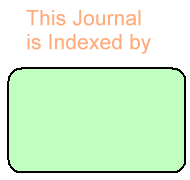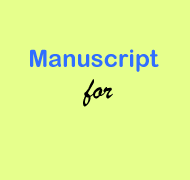Noval 1 ![]() ,
Saftia Aryzki2,
Kunti Nastiti1,
Melviani 2
,
Saftia Aryzki2,
Kunti Nastiti1,
Melviani 2
For correspondence:- Noval Email: noval@unism.ac.id Tel:+62-82151454472
Received: 24 October 2024 Accepted: 21 April 2025 Published: 07 May 2025
Citation: N, Aryzki S, Nastiti K, M. Characterization of in vitro spray-dried self-nanoemulsifying drug delivery systems for oral delivery of Bundung extract. Trop J Pharm Res 2025; 24(4):449-458 doi: https://dx.doi.org/10.4314/tjpr.v24i4.1
© 2025 The authors.
This is an Open Access article that uses a funding model which does not charge readers or their institutions for access and distributed under the terms of the Creative Commons Attribution License (http://creativecommons.org/licenses/by/4.0) and the Budapest Open Access Initiative (http://www.budapestopenaccessinitiative.org/read), which permit unrestricted use, distribution, and reproduction in any medium, provided the original work is properly credited..
Purpose: To formulate solid self-nanoemulsifying drug delivery system (S-SNEDDS) employing spray drying method and to enhance solubility and bioavailability of Bundung (Actinoscirpus grossus) plant extract as an antioxidant. Methods: The procedure was delineated into six sequential steps. Bundung extract was obtained from the plant by maceration in ethanol for 3 days. Subsequently, five formulations of L-SNEDDS with varying concentrations of oleic acid were prepared, followed by the characterization of liquid SNEDDS (L-SNEDDS). This characterization encompassed transmittance, emulsification time and determination of droplet size, polydispersity index and zeta potential (ZP). The third step involved preparation of S-SNEDDS through the use of a spray drying technique. The fourth step entailed the characterization of S-SNEDDS, which included visual observation, resistance to dilution, globule size measurement, and Differential Scanning Calorimetry. The fifth step involved an in vitro drug release test. The sixth step involved an antioxidant activity test using DPPH and FRAP. Results: Formulation 1 of L-SNEDDS showed 99.3 % transmittance, had the smallest droplet size and best particle distribution, while formulation 2 emulsified fastest in the gastrointestinal tract. Furthermore, formulations 1, 2, 3 and 5 had optimum ZP values. In converting liquid SNEDDS to solid SNEDDS, formulation 3 had a 100 % yield, while formulation 1 had the smallest globule size and the highest antioxidant activity. Conclusion: Formulation 1 of Bundung extract, with 5 % Oleic Acid concentration, is the most optimized as it meets the characterization requirements of L-SNEDDS and S-SNEDDS, passes the in vitro drug release test and has the highest antioxidant activity.
Archives


News Updates